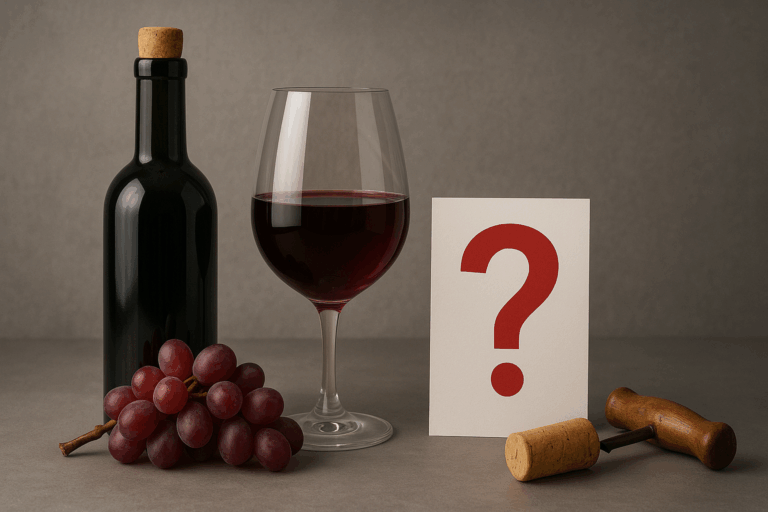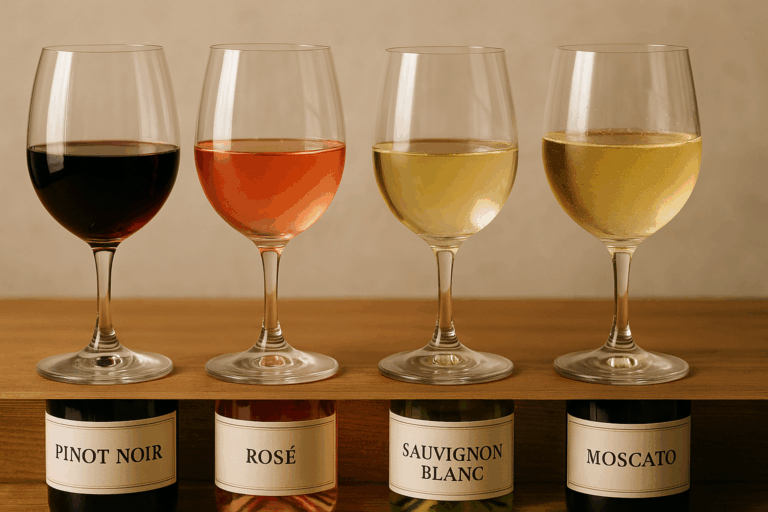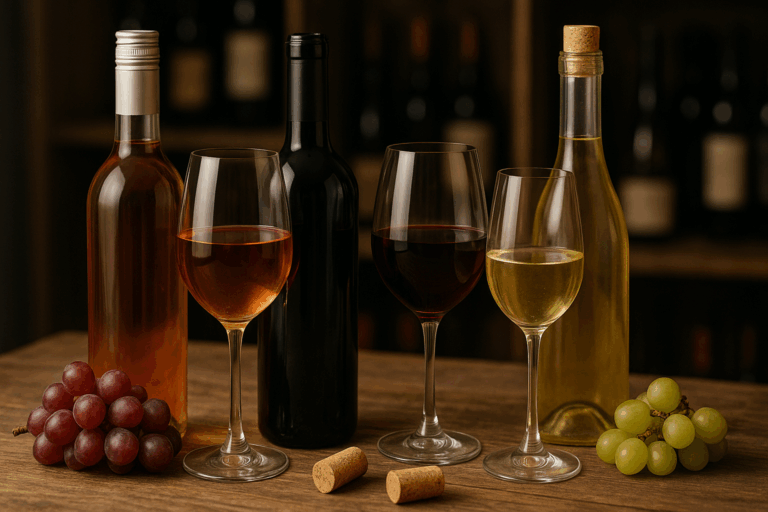How to Start Exploring the World of Wine
Wine is more than just a drink it’s a cultural experience that spans centuries, continents, and tastes. For beginners, stepping into the wine world can feel overwhelming. But with a little guidance, you can confidently choose, taste, and enjoy wine like someone who’s been doing it for years.
What Makes Wine Unique?
Wine is made by fermenting crushed grapes using yeast. But the magic lies in the grape variety, region, climate, and even the winemaker’s technique. Each element influences the wine’s flavor, aroma, texture, and aging potential.
The same grape can taste completely different depending on where and how it’s grown — that’s what makes exploring wine so fascinating.
Start With the Basics: Wine Types
Wine can generally be categorized into five main types:
- Red Wine – Made from dark grapes; flavors range from fruity to earthy.
- White Wine – Made from green or light-colored grapes; often crisp or floral.
- Rosé – Made by briefly fermenting red grape skins with the juice.
- Sparkling Wine – Carbonated, like Champagne or Prosecco.
- Dessert Wine – Sweet wines served after meals, like Port or Sauternes.
Trying one wine from each category is a great way to build your foundation.
How to Taste Wine Properly
You don’t need to be a sommelier to appreciate wine like a pro. Here’s a simple method:
- Look – Observe the color and clarity. A darker wine may mean it’s older or more intense.
- Swirl – This releases aromas trapped in the glass.
- Smell – Inhale deeply; try to identify fruits, flowers, spices, or even earthy tones.
- Sip – Take a small amount and let it roll over your tongue.
- Savor – Notice the aftertaste, called the “finish.” A longer finish usually means higher quality.
Learn the Language of Wine
Understanding basic wine terms will boost your confidence:
- Body – Refers to the weight or thickness of wine in your mouth (light, medium, full).
- Tannins – Found in red wines; give a drying or puckering feeling.
- Acidity – Adds freshness; high-acid wines feel crisp.
- Dry vs. Sweet – “Dry” means no sugar; “sweet” wines contain more residual sugar.
Common Wine Varietals to Try First
Some grapes are more beginner-friendly than others:
- Cabernet Sauvignon – Bold and full-bodied with dark fruit flavors.
- Merlot – Softer than Cab, often with chocolate and plum notes.
- Pinot Noir – Light-bodied and fruity, perfect for red wine newcomers.
- Chardonnay – Can be buttery and oaky or crisp and citrusy.
- Sauvignon Blanc – Zesty and herbal, great with light foods.
- Riesling – A sweet or dry white, always aromatic and refreshing.
Pick a few and taste them side by side to spot the differences.
Shop Smart: How to Choose Wine Without Guessing
You don’t need to spend a fortune to find good wine. Here are some tips:
- Stick to well-known regions like Spain, Argentina, Italy, or California.
- Check the back label – Some include tasting notes and pairing suggestions.
- Buy from specialty wine shops – Staff can guide you based on your preferences.
- Start with screw caps – They’re great for freshness and beginner use.
Try Food Pairings for a Better Experience
Wine and food are best friends. Here are a few classic combinations:
- Red wine + red meat (e.g., Cabernet Sauvignon + steak)
- White wine + chicken or fish (e.g., Sauvignon Blanc + grilled chicken)
- Sparkling wine + salty snacks (e.g., Prosecco + popcorn)
- Sweet wine + desserts (e.g., Port + dark chocolate)
Pairing helps bring out new flavors in both the food and wine.
Don’t Be Intimidated by Wine Snobs
Everyone starts somewhere. You don’t need to memorize every French region or own an expensive decanter to enjoy wine. The most important rule is: drink what you like.
Keep a journal or use a wine app to rate what you try — this builds your wine memory and makes future choices easier.
Join a Wine Tasting or Class
Wine tastings (in person or online) are a great way to expand your palate quickly. You’ll try several wines in a short period and hear professional insights that deepen your understanding.
If there’s a local wine bar, ask if they host beginner classes. It’s educational — and fun.
The Journey Is the Reward
Exploring wine is not about arriving at the “best bottle” — it’s about discovering what speaks to you. Every tasting is a small adventure. The more you try, the more refined your taste will become. And soon, you’ll be the one helping your friends choose wine with confidence.






